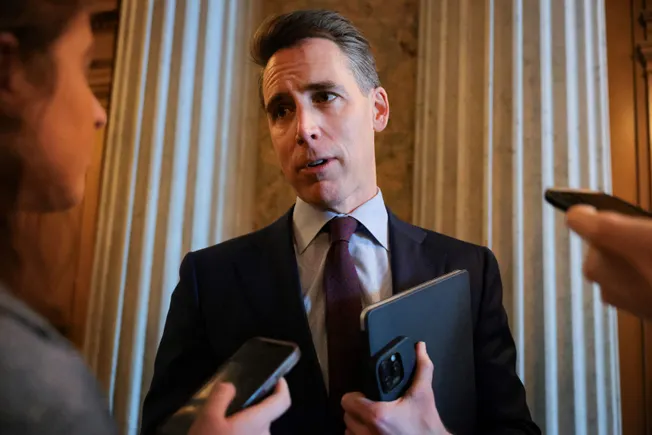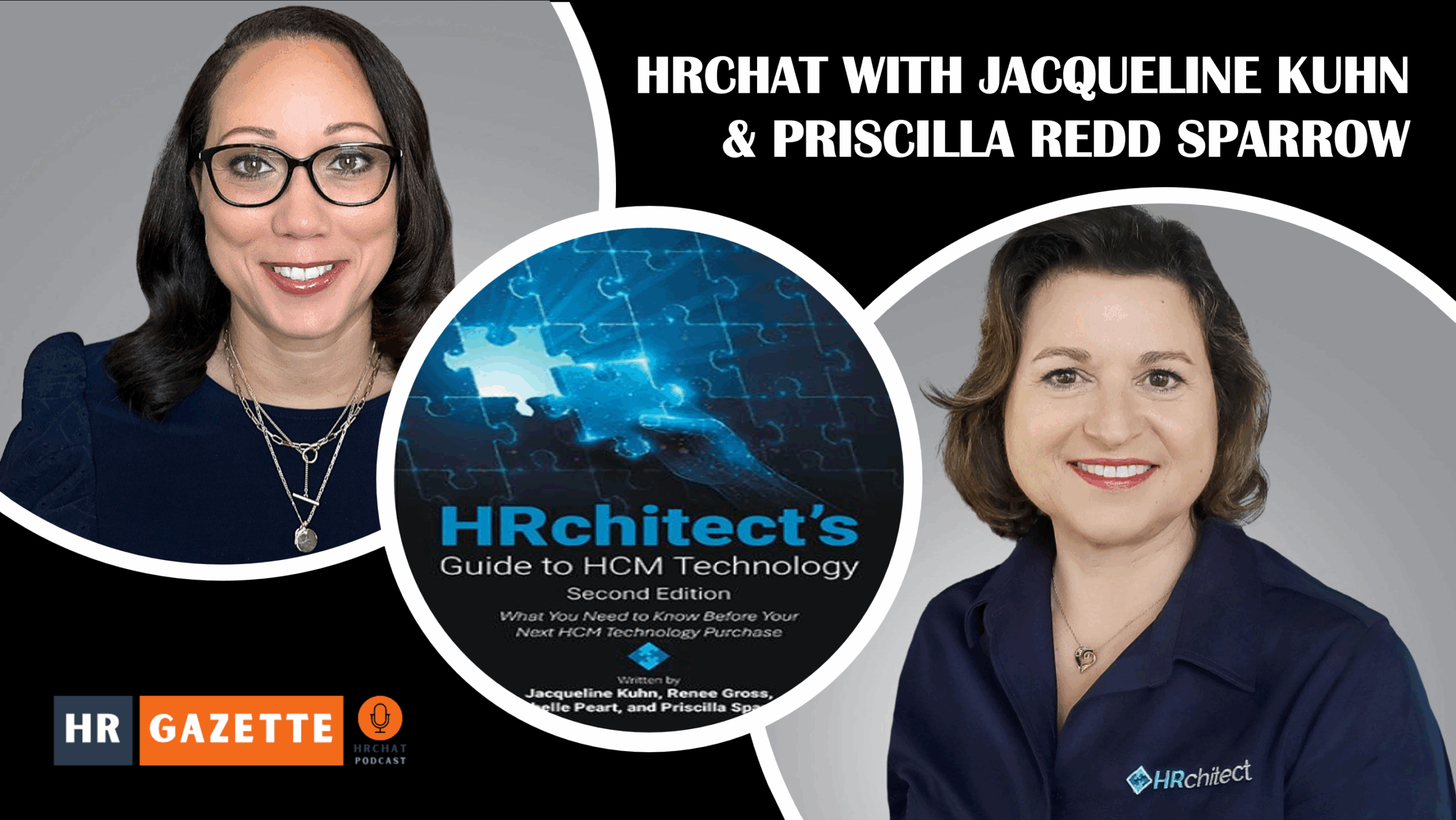Businesses operate today in a volatile and fast-paced environment. Across various industries, shifting market forces are making unpredictability the norm. A the same time, sustainability demands and digital transformation are reshaping career landscapes and redefining what top talent expects from their organizations. At many companies, retaining skilled talent and leadership is becoming increasingly challenging, with the potential to disrupt operations and profitability.
To stay competitive and relevant, organizations must move beyond reactive hiring practices, especially when filling middle or general management roles. As an HR leader and global talent manager at one of the world’s leading oilfield services companies, I have leveraged my extensive experience to critically assess the pros and cons of traditional hiring methodologies and champion a more strategic, proactive approach to internal talent prioritization.
Reactive vs. proactive models
Traditionally, HR departments have taken a reactive approach to hiring by posting job openings within organizations when vacancies arise. In what I call the Internal Job Posting Model, open positions are posted, employees apply and hiring managers select candidates from the pool of applicants.
On the pro side, this model offers transparency, along with a sense of fairness and employee empowerment. Employees can see available roles and apply to fill vacancies. The process creates a level playing field for internal applicants, and the opportunity to apply for lateral or vertical positions and develop new skills encourages initiative and self-driven career growth.
See also: Why internal mobility efforts often fail—and how HR can do better
On the minus side, this reactive model is only triggered by open roles, which can lead to delays in filling positions. It can also result in a fragmented process that is managed manually and not integrated into broader talent strategies. Other problems may arise from employee disengagement that can result when only one candidate is selected for a position, leaving other internal applicants discouraged, or on an enterprise level, from the lack of alignment with the organization’s succession planning or diversity goals.
The Internal Talent Mobility Model: a forward-looking strategy
In my experience, a more effective and forward-looking approach—particularly for critical roles—is the Internal Talent Mobility Model. I advocate for this model as a structured framework that enables organizations to proactively plan talent movements, ensuring business continuity and reinforcing the leadership pipeline. At its core, the model operates on the principle of intentional job rotation, where experienced, high-performing employees transition into new roles every few years. This deliberate movement triggers a strategic chain reaction, filling business-critical positions while simultaneously creating opportunities for growth, promotion and cross-functional development across the organization.
In this process, the mobility chain typically begins with a planned business-driven vacancy. When an internal top talent is selected to fill that open role, their current position then becomes vacant, requiring another internal move. This cycle continues, creating a series of interconnected moves that align business needs and talent development.
The Internal Talent Mobility Model offers a number of valuable advantages that derive from a framework designed to develop and retain top talent by redeploying them across an organization. Unlike the Job Posting Model, this approach promotes strategic alignment by matching top talent with future business needs before vacancies arise. To prepare internal employees to succeed in other roles, it nurtures leadership and capabilities development by enabling rotational assignments that make individuals feel valued and supported in their career growth, with a positive impact on engagement and talent retention. The process creates a pipeline of identified and qualified candidates, boosting efficiency by reducing the time required to fill openings. Talent planning also embeds representation goals for diversity and inclusion into the process, ensuring equity in the workforce.
While the model provides these distinct benefits, there are also considerations that must be factored into any adoption of this model. First, any implementation must acknowledge the need for strong governance, with broad leadership buy-in and structured planning cycles. Next, this approach may present timing challenges, as talent readiness may not always align with opportunity timing. Finally, the model brings a heightened level of complexity associated with coordinating multiple business stakeholders and systems.
Building the leadership pipeline with internal mobility
A key advantage of the Internal Talent Mobility Model is its ability to proactively build the leadership pipeline. For top talent endorsed by the company as having the potential to reach senior leadership levels—based on proven performance and demonstrated leadership qualities—exposure to diverse business environments is essential.
This development journey requires rotation through multiple business environments, technologies, geographies and functions. After spending several years in a role, the employee is encouraged to transition into a new position that challenges them to learn, adapt and grow. These placements into new roles are not random; they are strategically planned to build the competencies and experiences necessary for future leadership roles. By facilitating these moves, the Internal Talent Mobility Model ensures that top-talent employees gain the breadth and depth of experience needed to lead effectively in a complex, global organization.
Career expectations and timing challenges in internal mobility
While the internal mobility process has many benefits, timing remains a key challenge. As the industry evolves—embedding digital technologies, launching remote operations centers and introducing sustainability-focused, AI-enabled innovations—top talent is increasingly invited to co-create and lead. They are ready to grow and take on new challenges.
However, when the timing of new opportunities doesn’t match a talented employee’s readiness, it can lead to disengagement and even attrition. This gap shows that the current model, while effective, needs to be more agile and forward-looking. Without a structured process, it is difficult to consistently match open roles with the right talent at the right time.
To better understand and address these challenges, I led a comprehensive analysis of the existing internal mobility framework and identified several areas that needed improvement:
- Business needs and talent availability weren’t always aligned.
- Talent availability was often checked manually after a role opened.
- Communication between talent managers and business leaders was fragmented.
- There was no centralized, data-driven system to track, prioritize or plan internal moves.
Most notably, the talent management space lacked the digital infrastructure needed to support a scalable internal mobility model. There were no dashboards, apps or integrated tools to forecast openings, visualize talent availability or execute movement plans effectively.
These issues made the process more reactive than planned, causing delays and extra work that could be avoided, including:
- increased administrative burden and back-and-forth communication;
- time lost in validating talent availability for a move;
- delays in filling roles, affecting business continuity; and
- missed opportunities to engage top talent at the right moment.
To solve the timing and coordination challenges, I created and implemented a new, streamlined internal mobility solution that is data-driven, proactive and easy to use. The goal was to reduce delays, improve visibility and make it easier for business leaders and talent managers to align on the right moves at the right time.
A data-driven mobility solution
It was important that the structured framework I designed would enable business stakeholders and teams to anticipate and prepare for talent moves well ahead of time. This approach, encompassing an Annual Priority Moves Planning Process that leverages an advanced digital platform, focuses on early identification of upcoming position vacancies and strategic planning for both domestic and international employee transfers—ensuring seamless transitions and uninterrupted business continuity.
Key outcomes of this process include:
- early identification and confirmation of top talent moves for the upcoming year;
- alignment with business managers on expected move timing—categorized into either the first half (H1) or second half (H2) of the year; and
- integration of career aspirations and succession planning into candidate selection to support long-term growth and leadership continuity.
1. Annual Priority Moves Planning Process
The Annual Priority Moves Planning process is a strategic, collaborative effort usually conducted in the fourth quarter (Q4) of each year. This timing aligns with the period when business leaders typically forecast revenue, profitability and resource needs for the upcoming year—making it one of the most effective business practices for integrating talent planning with organizational strategy.
Embedding this process into the annual business forecast cycle ensures that talent decisions are made proactively, not reactively, and transforms the annual moves planning process into a business-critical initiative. Typically spanning eight weeks, annual moves planning processes involve talent managers, leadership and local/regional HR teams in the following steps (the timeline can be adjusted based on organizational size and complexity):
- Preparation (two weeks): Define selection criteria, organize talent data and communicate with stakeholders.
- Review meetings (four weeks): Meet with business leaders to identify and discuss priority moves.
- Consolidation (one week): Analyze proposed moves to ensure they align with strategic goals.
- Executive review (one week): Final validation and approvals from leadership.
To ensure a high-quality and efficient Annual Moves Planning process, it is essential to initiate a Career Discussions campaign in advance. This campaign prompts managers and employees to first update career profiles with the most current information, followed by a structured career planning discussion—captured in the HR system. These campaigns can be further strengthened through complementary initiatives.
At our organization, I developed a unique and interactive Career Growth Workshops program, which drove a 1000 basis point year-over-year increase in employee participation in recorded career-planning discussions. This practice is critical, as the data gathered from updated career profiles flows into strategic workforce planning and can significantly influence employees’ future career trajectories. Recognizing the strong impact on business continuity, teamwork and innovation, our Career Growth Workshops were honored with one of the company’s highest corporate awards.
The Annual Moves Planning process ensures that top talent is placed into meaningful roles that support both individual growth and business strategy—driving agility, inclusion and leadership development across the organization. Tangible benefits of this approach also include:
- early visibility into talent availability for H1 and H2;
- stronger alignment with diversity and inclusion goals;
- career aspirations and succession planning integrated into the candidate selection process; and
- over 50% reduction in time to fill open roles.
2. Digital enablement: Talent Movements app and dashboards
An essential element of this approach is an integrated digital platform that utilizes a Talent Movements application and a customized dashboard to streamline the execution of the Annual Priority Moves Planning process, including movement plans, talent pools and candidate tracking. After the annual process is finalized and approved, the outcome is recorded into the Talent Movements app, which feeds results into a live dashboard that provides live insights into:
- total moves by geography, department, job level;
- gender balance and key nationality representation in moves;
- timing of moves (H1 or H2 of the upcoming year);
- talent placements into international roles; and
- progress against Annual Priority Moves Planning process.
We leverage analytics to monitor job change progress, diversity metrics (gender, nationality, cross-functional transitions) and KPIs such as engagement, attrition and placements. Dashboards also offer real-time visibility into annual talent moves—highlighting how many involve top talent and result in cross-business or international placements—and enable talent managers to track progress and evaluate success against defined targets. Across the digital platform (Talent Movements app and dashboards), employee privacy is ensured by operating in a confidential and secure environment with access restricted to each user type: talent managers or HR requesters of candidates for open positions. Senior/executive leaders also have view access to the digital tools.

Combining the Annual Priority Moves Planning framework with digital tools like the Talent Movements App and dashboards allows talent managers to accurately and efficiently create movement plans for both incumbents and open positions, manage talent pools for key roles, track candidate status, prevent duplicate selections for a specific role and automate workflows for approvals and assignments. Deploying this approach enables companies to shift from reactive hiring to strategic talent placement—matching top talent with critical roles before vacancies arise.
Delivering strategic value
Since implementing the Annual Priority Moves Planning process in 2022, our global company has found it delivered enterprise value across multiple dimensions of talent management and organizational performance. Key benefits have included:
- Proactive talent deployment is enhanced by aligning top talent with critical roles before vacancies arise, ensuring business continuity and agility.
- Strategic workforce planning integrates succession planning, diversity goals and leadership development into a unified, forward-looking approach.
- Enhanced collaboration brings together talent managers, business leaders and HR teams in a structured, cross-functional effort.
- Operational efficiency is improved by replacing manual coordination with digital tools like the Talent Management app and Annual Movements dashboard—streamlining execution and tracking.
- Data-driven decision making enables real-time monitoring of talent moves, diversity metrics and leadership pipeline strength through dashboards and analytics.
- Leadership engagement embeds talent planning into the Q4 business cycle, positioning it as a core business practice rather than an administrative task.
The change management established with this new solution implementation of these solutions has led to significant measurable improvements, such as a 50% reduction in the time to fill open positions and a 30%-40% reduction in the time required to validate the availability of talented employees to move into a vacant position. As illustrated in the summary below, talent retention also improved as employee satisfaction increased with better career alignment.
| Metric | Before Implementation | After Implementation | Improvement |
| Time to validate talent availability | High (manual outreach to multiple managers) | Reduced by 30-40% | Faster decision-making |
| Time to fill open positions | Long and inconsistent | Reduced by 50% | Improved business continuity |
| Talent retention | At risk due to misaligned expectations | Improved | Better career alignment and satisfaction |
| Strategic alignment | Ad hoc and reactive | Structured and proactive | Enhanced succession planning and diversity |
For companies challenged by increasingly disruptive talent retention issues, remaining proactive is essential. This internal mobility approach delivers a measurable business impact: faster time-to-fill for critical roles, higher retention of top talent, stronger leadership pipelines for future growth. Furthermore, the forward-looking internal mobility model—powered by the Annual Priority Moves process, the Talent Movements app and dashboards—enables organizations to match top talent with strategic roles before vacancies arise, eliminating the uncertainty associated with open positions in key roles and the operational and functional disruption that may ensue from such vacancies.
While systems, tools, dashboards and processes are essential, the true catalyst for strategic talent retention and business continuity lies in the Annual Priority Moves Planning process. This enterprise-wide effort aligns leadership around proactive career planning, ensuring that top talent is not only visible, but purposefully developed and mobilized. By anchoring these conversations in a shared framework and timeline, we transform career aspirations into actionable moves—building a resilient leadership pipeline that is ready to meet evolving business needs. These intentional, human-centered interactions—guided by data but driven by purpose—remain our most powerful lever for growth and agility.






















